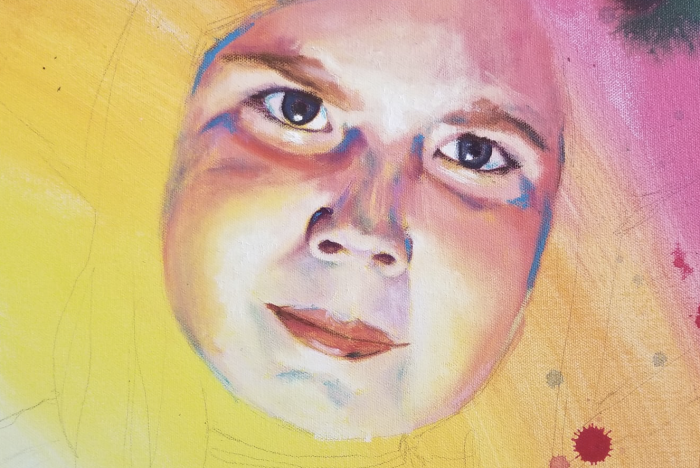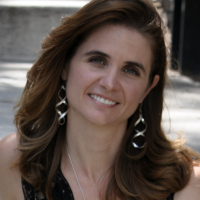At 39 years old, I never expected to receive such a terrifying diagnosis.
But after a year and a half of mysterious health issues, my doctor confirmed that yes, I am in cognitive decline leading to Alzheimer’s disease. The true irony is that, for years, I worked as a caregiver for people with Alzheimer’s and Dementia.
I remember my client Ines in particular. I worked with her, only for one day. When I entered her hospital room, she thought I was her estranged daughter and begged for forgiveness. I told Ines I loved her and all was forgiven, and I held her hand through the night. She died the next day, but for the last few hours of her life, she repeated, “I love you” over and over again.
As is common with people with Alzheimer’s, her patchwork memory brought her back to those people and places that left the deepest emotional impression. As the hippocampus, which is our memory center, slowly dies, all those stories and impressions, everything that makes up the personality, dies with it. You are left with only what is triggered by deep emotion, which rests in a different part of the brain. This is why people who watch a loved one die of Alzheimer’s say they “disappear.”
Ines was left with the trauma of not being there for her daughter. For Ines, when her trauma story was undercut with healing, it dissolved, and what she was left with were love and peace. Watching Ines relax into peace, I couldn’t help but ask myself: When we no longer have our stories, what is left?
In Tibetan Buddhism, there is a seminal text known as The Tibetan Book of the Dead. It is taught as a handbook for dying, as one passes through the “Bardos,” or the transition phases after death. As the consciousness of a person is shed from the constraints of the physical form through death, they face different aspects of their own mind.
The Buddhists have realized that at this moment there is a great opportunity to recognize these states of mind as an expression of the ground of existence, which is our very own Buddha nature. If our consciousness recognizes this, we are freed from the cycle of rebirth. However, if we become afraid of the brilliance of this truth and feel drawn to the habitual mind patterns that were ingrained in life, then we continue the cycle all over again. This text is more than a book about death. It is a manual to recognize right now, in life, how we live in a constant Bardo state, and that we can choose in any moment to recognize the habitual patterns of self-identification with the mind. Its constructs are not who we really are; we are so much more than thoughts or sensations.
As I face this diagnosis, I’m asking myself, can I rest in the open space of awareness that is my true nature that The Tibetan Book of the Dead points to? If I recognize that this mind was never anything concrete to begin with, perhaps I can rest in a place of peace as I “disappear.”
~
As an artist and writer, I’m hoping I can share this exploration with others through my newest painting series and story that I’m creating with my partner, called “The Journey of the In-Between.” It will be converted into a book and be based on The Tibetan Book of the Dead.
To fund this project, we have launched a crowdfunding campaign. We are not asking for donations, but your patronage by pre-ordering the book or art through this campaign. May this project be a benefit for all those who suffer.












Read 2 comments and reply